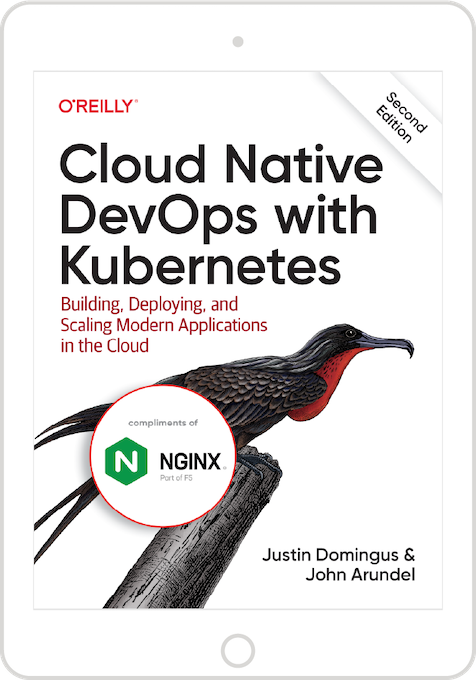checkpoints for kubernetes ops
Understanding how Kubernetes manages resources is key to building and running your cluster correctly. The most important points to take away:
- Kubernetes allocates CPU and memory resources to containers on the basis of requests and limits.
- A container’s requests are the minimum amounts of resources it needs to run. Its limits specify the maximum amount it’s allowed to use.
- Minimal container images are faster to build, push, deploy, and start. The smaller the container, the fewer the potential security vulnerabilities.
- Liveness probes tell Kubernetes whether the container is working properly. If a container’s liveness probe fails, it will be killed and restarted.
- Readiness probes tell Kubernetes that the container is ready and able to serve requests. If the readiness probe fails, the container will be removed from any Services that reference it, disconnecting it from user traffic.
- PodDisruptionBudgets let you limit the number of Pods that can be stopped at once during evictions, preserving high availability for your application.
- Namespaces are a way of logically partitioning your cluster. You might create a namespace for each application, or group of related applications.
- To refer to a Service in another namespace, you can use a DNS address like this: SERVICE.NAMESPACE.
- ResourceQuotas let you set overall resource limits for a given namespace.
- LimitRanges specify default resource requests and limits for containers in a namespace.
- Set resource limits so that your applications almost, but don’t quite exceed them in normal usage.
- Don’t allocate more cloud storage than you need, and don’t provision high- bandwidth storage unless it’s critical for your application’s performance.
- Set owner annotations on all your resources, and scan the cluster regularly for unowned resources.
- Find and clean up resources that aren’t being utilized (but check with their own‐ ers).
- Reserved instances can save you money if you can plan your usage long-term.
- Preemptible instances can save you money right now, but be ready for them to vanish at short notice. Use node affinities to keep failure-sensitive Pods away from preemptible nodes.
Reading notes from the great book "Cloud Native DevOps with Kubernetes".
